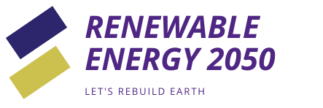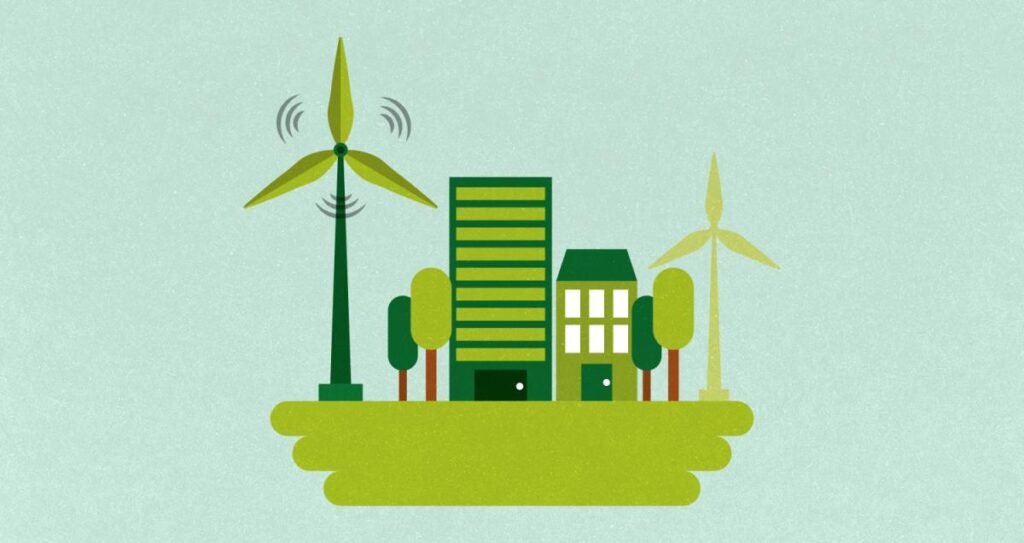Also known as sustainable building or environmental building, green building is the practice of increasing the efficiency with which buildings and their sites use and collect energy, water and materials, and reduce the impacts of buildings on human health and the environment. environment, through a better location. planning, design, construction, operation, maintenance and removal: the complete life cycle of the building.
Energy efficient buildings bring multiple benefits to people: better health, lower energy bills, reduced energy poverty, greater resilience and more jobs, and they bring us one step closer to the greener and more resilient future we all seek.
Energy efficient buildings are an important key to unlocking recovery from the health and economic crises of COVID-19, as well as a critical solution to addressing the climate crisis. The IEA estimates that sustainable buildings can save more than $ 1 trillion by 2050, which will be critical for homes, businesses and governments. What’s more, much of the extraordinary opportunity to improve the construction industry, both in the short and long term, remains frustratingly untapped. Efficiency improvements are an immediate intervention, waiting for a simple boost that could reap multiple benefits.
While the construction industry is often viewed as highly technical, action is critical because of its direct impact on people must be at the center of this recovery. So let’s start by looking at people and working backwards on technical improvements to buildings that can provide real benefits.
Scenario Today
People, especially those who live in cities, spend most of their time in buildings. The average person in the US spends 90% of their life indoors. We have seen growing evidence that airflow and ventilation in buildings is a factor in the spread of COVID-19. Improvements in these ventilation systems, which can be made in conjunction with improvements in energy efficiency, can improve people’s health and livelihoods. For example, energy efficiency modifications to buildings can reduce symptoms of respiratory and cardiovascular conditions, arthritis, and allergies. These health impacts far outweigh the costs of upgrades, with a cost-benefit ratio as high as 4: 1 when health and wellness impacts are included.
In addition to health improvements, energy-efficient buildings provide additional benefits to people by reducing household energy bills and thus energy poverty, improving access to efficient appliances, and improving resilience to future shocks. climatic or economic. Achieving these benefits requires improvements to millions of homes, office buildings and other buildings, a fact that is often seen as a roadblock. But as national, state, and local governments look for ways to drive economic recovery after COVID-19, this challenge may be an opportunity. Every million dollars invested in building energy efficiency measures can create between 9 and 30 jobs, many of which require little training and can expand quickly due to the existing construction workforce. The IEA’s Sustainable Recovery Plan estimates that some 9 million energy efficiency jobs could be created worldwide in the next three years, mainly through building renovations.

Energy efficiency is the first critical element for decarbonization of the construction sector, and more ambitious improvements towards decarbonization can accelerate renovation and construction activity. For example, one study found that a 27% efficiency improvement in buildings in Europe between 2016 and 2030 would create 2 million new jobs.
Since 2015, the Building Efficiency Accelerator (BEA) has accelerated local government implementation of building efficiency and decarbonization policies and programs. In 55 cities and states in 25 countries, the BEA has built stakeholder coalitions led and informed by local partners, using global expertise to improve the construction sector. The BEA builds local institutional and technical capacity, enabling governments to set these more ambitious goals that lead to better outcomes for people.

